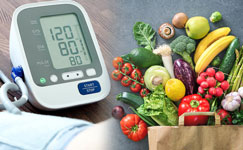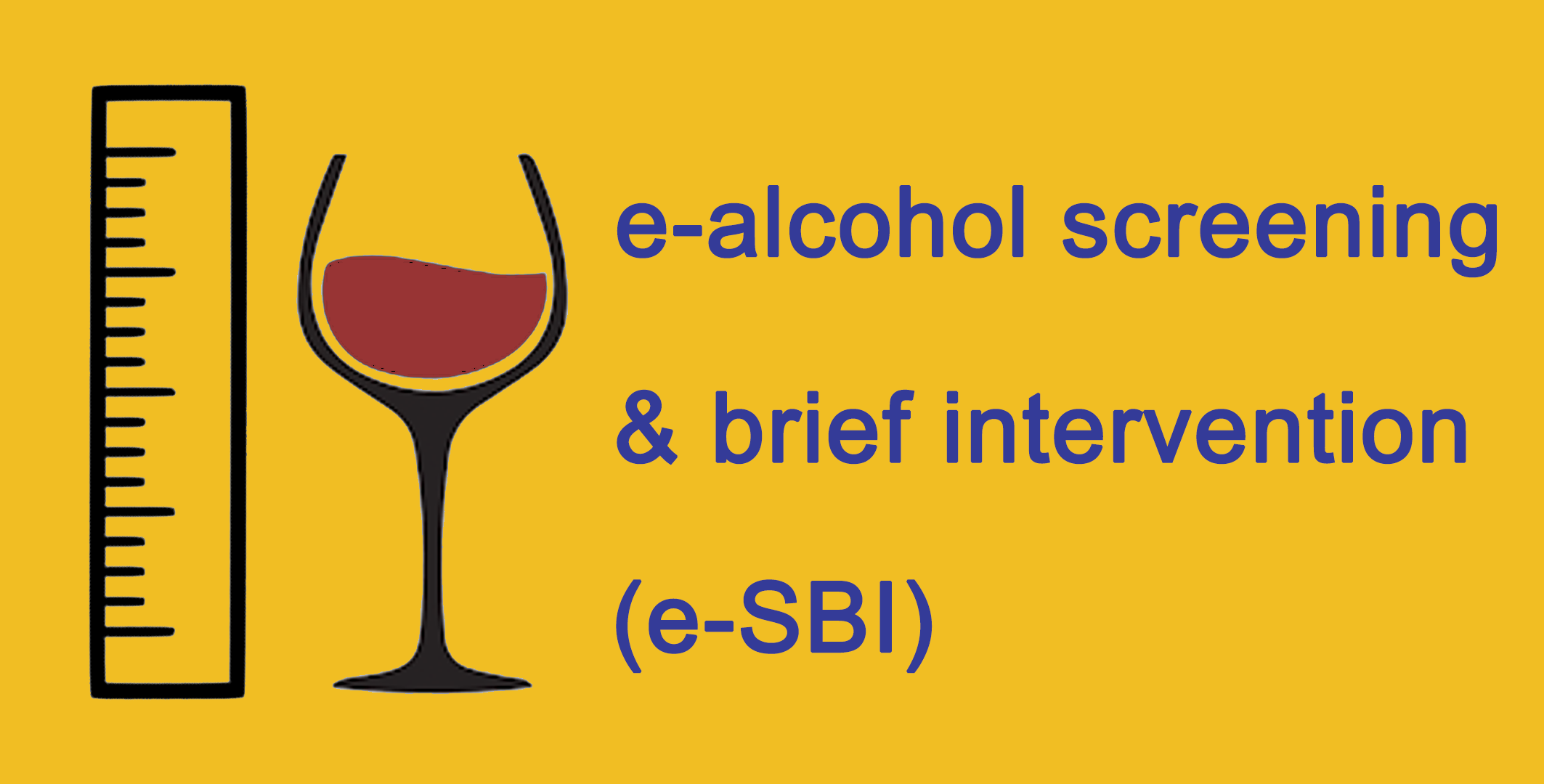NCD Watch
Sodium, Potassium and Hypertension
12 May 2022 (Thu)

Hypertension (or high blood pressure) is one of the most common chronic diseases. An adult is said to have hypertension if systolic blood pressure is persistently higher than or equal to 140 millimetres of mercury (mmHg) and/or diastolic blood pressure is persistently higher than or equal to 90 mmHg. In Hong Kong, the Population Health Survey 2014/15 observed that 27.7% of persons aged 15–84 had hypertension.
Studies show that the higher the sodium intake, the higher the risk of hypertension. On the contrary, studies find that increased potassium intake lowers blood pressure in people with hypertension. For healthy adults, the World Health Organization recommends a daily sodium intake of less than 2 grams (or less than 5 grams of salt) and a daily potassium intake of at least 3.5 grams.
However, people in Hong Kong consume too much salt but too little potassium. The Population Health Survey 2014/15 of the Department of Health estimated that persons aged 15–84 in Hong Kong consumed an average daily salt intake of 8.8 grams and an average daily potassium intake of 2.3 grams.
Dietary strategies for the prevention of hypertension include reducing sodium intake and increasing potassium intake, among others (such as limiting intake of saturated fat and trans fat for vascular health).
Below are some ways to reduce sodium intake:-
- use fresh foods where possible when making home-made meals;
- limit consumption of high sodium or salt-preserved foods, such as processed meat, instant noodles with soup base, canned soup, salted eggs, or pickled vegetables;
- reduce the use of salt or other salt-containing sauces (e.g. soy sauce or oyster sauce). Natural ingredients, herbs and spices could be used to enhance the flavour of dishes;
- replace crisps, savory crackers or other salty snacks with low-salt alternatives, such as fresh fruits, dry-roasted and plain nuts; and
- choose foods prepared with natural seasonings and less sauce, and request to serve the sauce separately when eating out.
In general, the recommended intake of potassium could be achieved by a healthy dietary pattern. Members of the public are encouraged to eat according to the “Healthy Eating Food Pyramid”This link will open in a new window with at least 5 servings of fruits and vegetables a day. Food items that are particularly rich in potassium include banana, orange, avocado, tomato, dairy products, beans and bean products, etc.
Besides, members of the public should also avoid smoking, refrain from alcohol drinking, be physically active as well as maintain an optimal body weight and waist circumference.
Source: NCD Watch May 2022This link will open in a new window






































